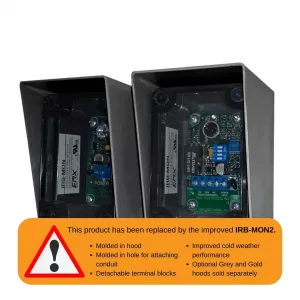EMX Industries Inc. is one of the world’s leading innovators of photoeyes, vehicle detection sensors, and RFID systems for the access control, automatic gate and overhead door markets. We specialize in high performance sensors and detectors designed to be simple to install, last long, and perform well across a wide range of applications.
Subscribe to our newsletter
Don’t miss new updates, discounts, and promotions.






